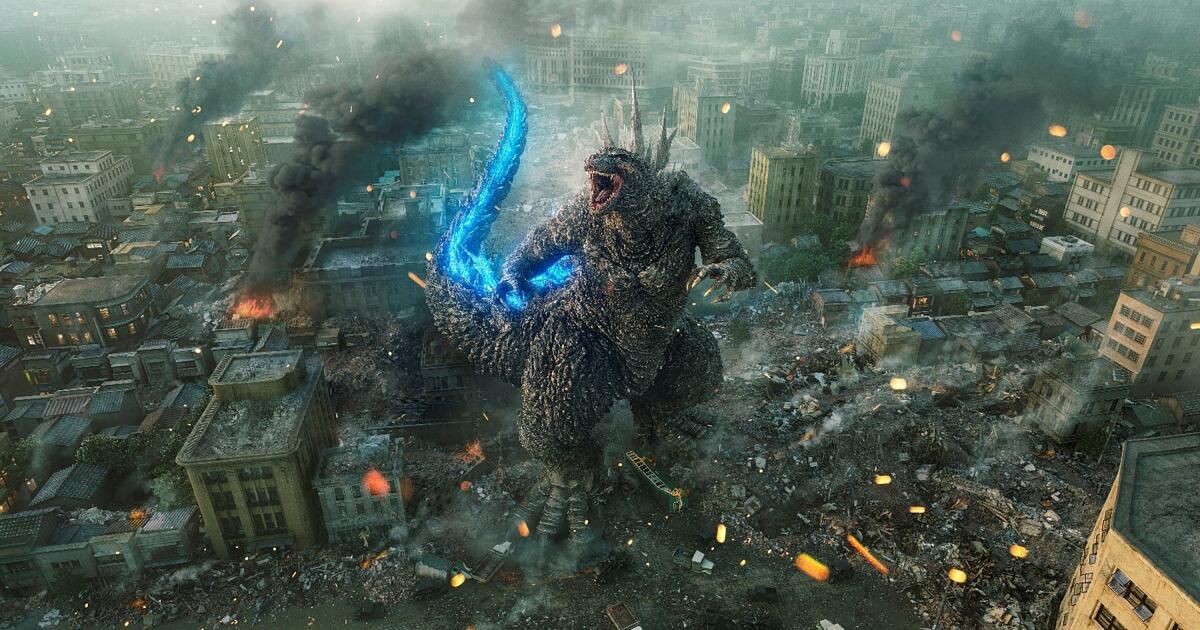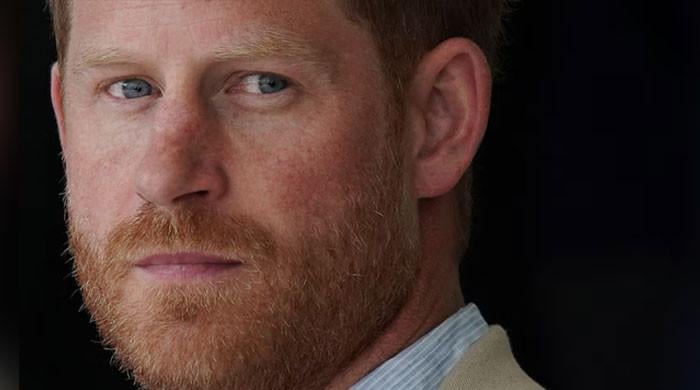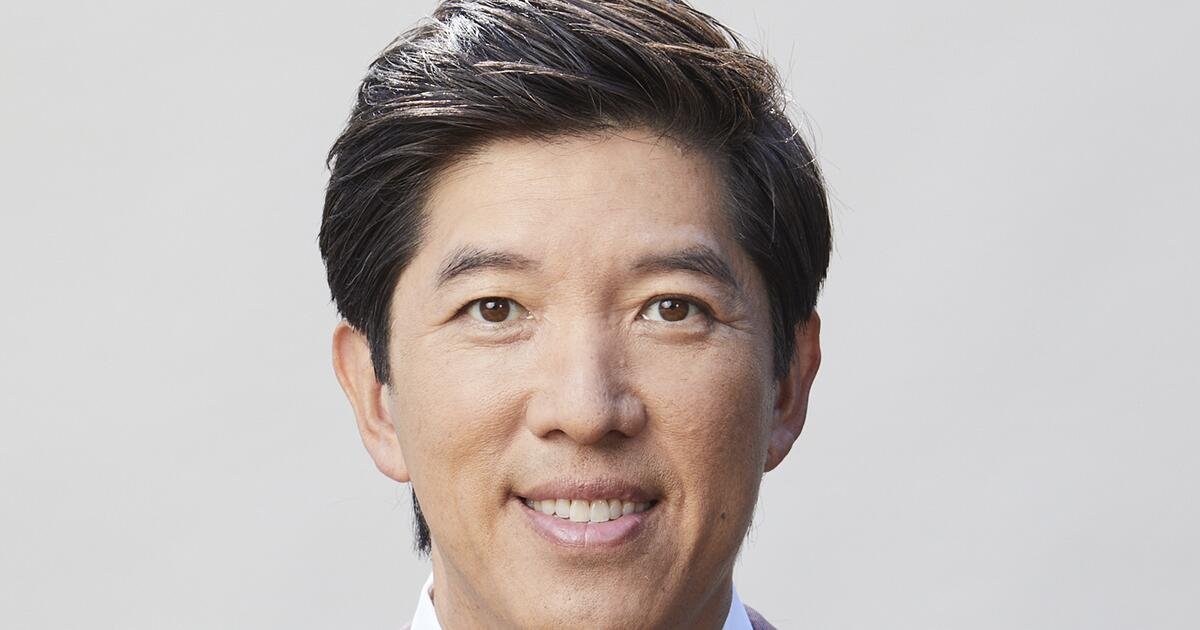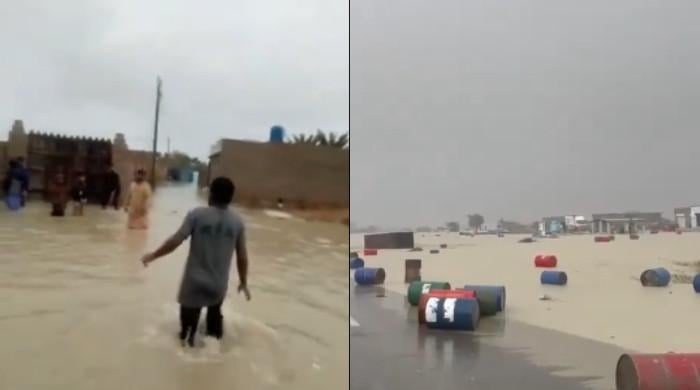Takashi Yamazaki of “Godzilla: Minus One” is the first feature-length director to be nominated for an Academy Award for visual effects since Stanley Kubrick in 1969. That was for the moody “2001: A Space Odyssey,” something the director 59 years old The Japanese filmmaker is very aware of this.
“Thank you so much for even mentioning it,” a blushing Yamazaki says through an interpreter in a Zoom interview from his single-story CG studio in Tokyo, where a team of 35 made Japan's king of kaiju monsters, 70 years old, would look better. never. “I don't think he can process that right now. I definitely can't get carried away!
Yamazaki definitely has a knack for self-control. The rich, gorgeous visual effects of “Minus One,” seen two-thirds of the way through the unusually emotional 38th Godzilla film, cost between a quarter and a third of the film's bargain budget (less than $15 million). However, his formal ambitions knew no limits. Set primarily two years after World War II in devastated Tokyo and the nearby Pacific, “Minus One” offers lavish recreations of 1940s cityscapes in various stages of repair (which again, of course, will soon be demolished). , spectacles in and under the sea of the giant, radioactive lizard battling flotillas of warships, and the most persuasively bestial Godzilla ever filmed.
“We wanted Godzilla to be very, very cool for this movie,” says Yamazaki, who after much trial and error used the aesthetic his team employed for the “Godzilla: The Ride” attraction at Japan's Seibuen amusement park. “The head is smaller, the legs are very thick. When the feet hit the ground, you can almost see the toes rise, like those of a wild animal. And we wanted to shock the audience, so there's an intense level of closeness, personal and detailed, that you can't really achieve with a man in a suit.”
“In terms of the number of polygons, we're talking millions” to get to the final product, says “Godzilla: Minus One” director and head of visual effects, Takashi Yamazaki.
(Toho International)
Yamazaki is referring to Toho Studios' original method of filming Godzilla's rampages in 1954. But his film's creaturific details also surpass those of Legendary Entertainment's nine-figure Monsterverse adaptations.
“In terms of polygon count, we're talking about millions that went into creating Godzilla this time,” says Yamazaki, who made initial drawings and sculpting software models that were later refined by artist Kosuke Taguchi with computer graphics data. optimized. “As for the texture of the skin, there was a dinosaur origin, but when it is injured, regeneration occurs and there is a different texture, as you would see in any wound. We wanted a mix, we incorporated new layers that made the look unique.”
Also distinctive is how the monster's super-pointed dorsal fins realign and emit a blue radiation light as it fires its devastating heat ray.
“We wanted to go back to the original reason for Godzilla's existence,” Yamazaki explains. “The creature is a metaphor for nuclear weapons, so we imitated the way a weapon would work inside its body. “Each element would come together and create an implosion, and that's when the blue rays would come out.”
Since Godzilla emerged from the trauma of the atomic bombing of Japan, his destruction of Tokyo's Ginza district and a variety of ships culminates in terrible, but beautiful, mushroom clouds. The problem was that the look Yamazaki craved was too big to simulate in CG. An outdated technique saved the day for the computer-generated spectacle.
“We had a matte artist doing 2-D that had a little bit of movement,” the director says. “Once we figured out that that switch was actually working, we were like, 'Oh my gosh, we spent so much time with CG that we couldn't figure it out, but now we have this really cool trick to put the mushroom clouds in there!'”
The water simulation also takes up a lot of CG space. But thanks to young composer Tatsuji Nojima, who was chosen by the entire VFX team to share Japan's first nomination in the category with supervisor Yamazaki, effects director Kiyoko Shibuya and CG team leader Masaki Takahashi, they became possible. more maritime shots than initially planned.
“He really liked aquatic simulation,” Yamazaki says of Nojima. “He had built his own supercomputer at home and he said to me, 'Can you take a look at what I've built here?' We were so impressed that we added more water scenes to the set. In the end I think we went a little overboard!
“Water simulation in construction requires a lot of data. You can't easily create that and assume that everything is going to work. A simulation would take an average of one week; we would build one, use it, and then basically have to empty the data disk to build the next one. The entire water simulation added up to one petabyte, which is 1,000 terabytes.”
The trawlers and dismantled Imperial Navy ships that confront Godzilla were all digitally constructed from the only practical ship the production could afford to photograph. Yamazaki's computer team became so accustomed to the intensive work that when it came time to re-release the film in black and white, even more visual effects were added.
“I mean it's scarier because it looks like it's happening in real life,” Yamazaki says of the monochrome editing. “It's a different level of horror than the color version. We don't just dye it and flip a black and white switch; On almost every cut, we added a touch of special effects to meet the standards of what it would look like if it were filmed in black and white.”
None of this is unusual for the director, who has been immersed in VFX his entire career. He started Shirogumi VFX in 1986 and, by the mid-90s, was creating effects for films by the late Juzo Itami. Since 2000, Yamazaki has directed a wide range of feature films, from anime to slice-of-life dramas, science fiction and historical epics, while also serving as visual effects supervisor.
However, his love for the magic of cinema goes further, which makes this nomination very special.
“I had always looked at Hollywood as the end goal, ever since the day I saw 'Star Wars' when I was very young,” Yamazaki says. “Unfortunately, I was born in Japan, so I always felt that technology in the West was advancing at such a rapid speed that I didn't know when I could catch up.” Now that he has, he says, “to be in the company of so many talented people with the same background, it is not only an honor, it is a dream come true.”












